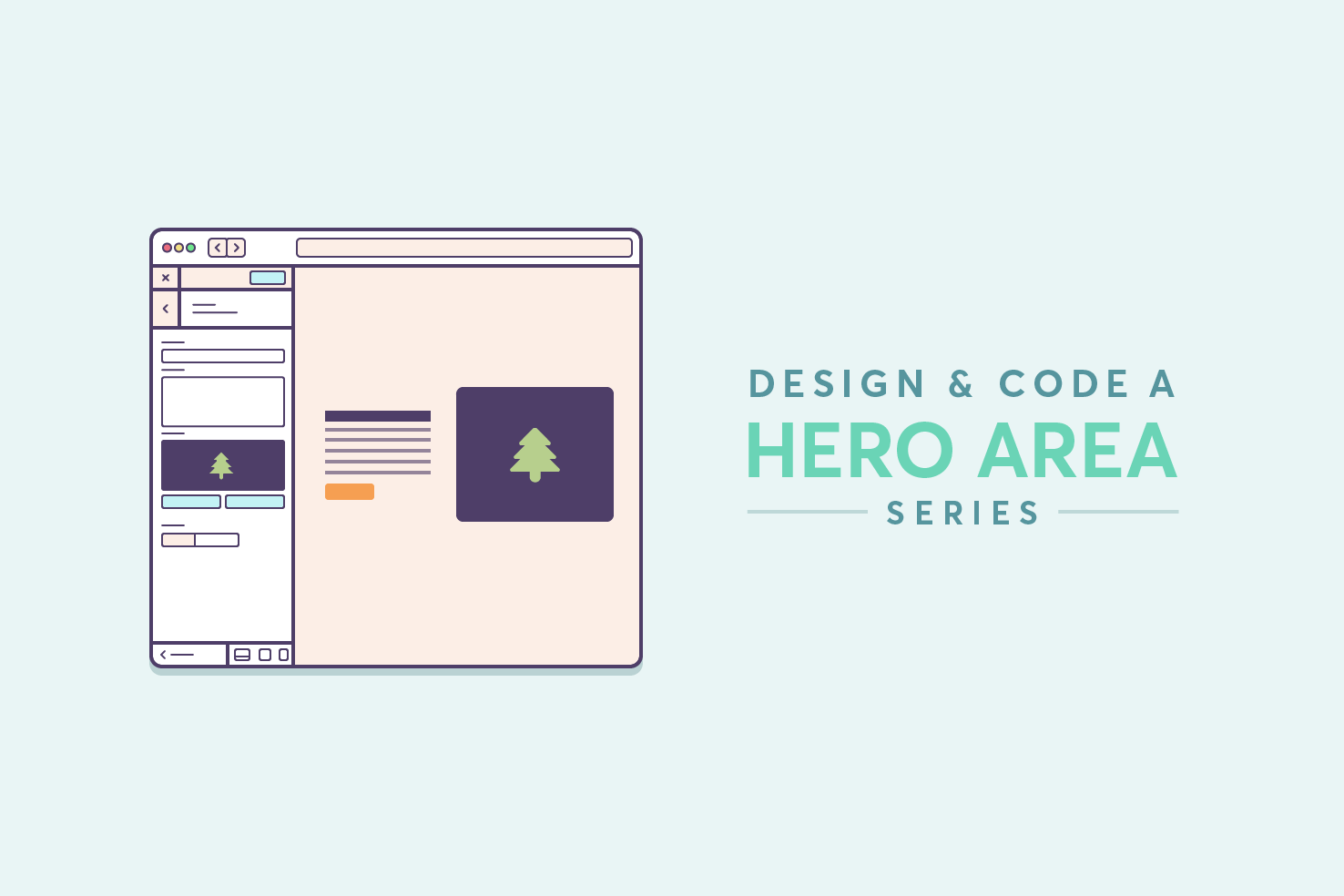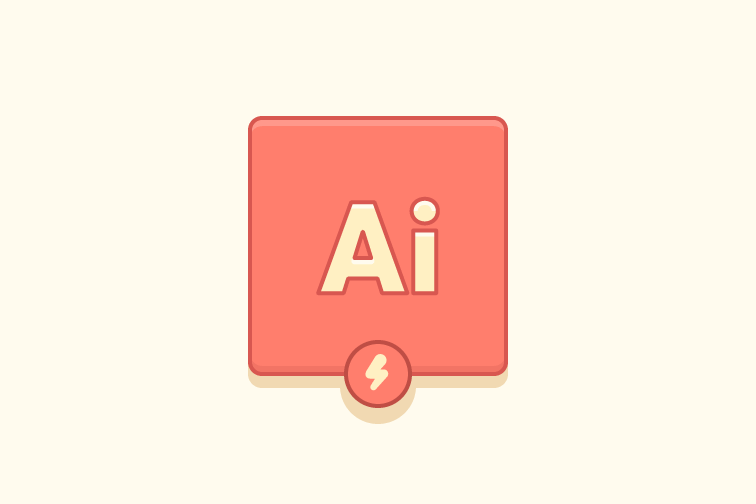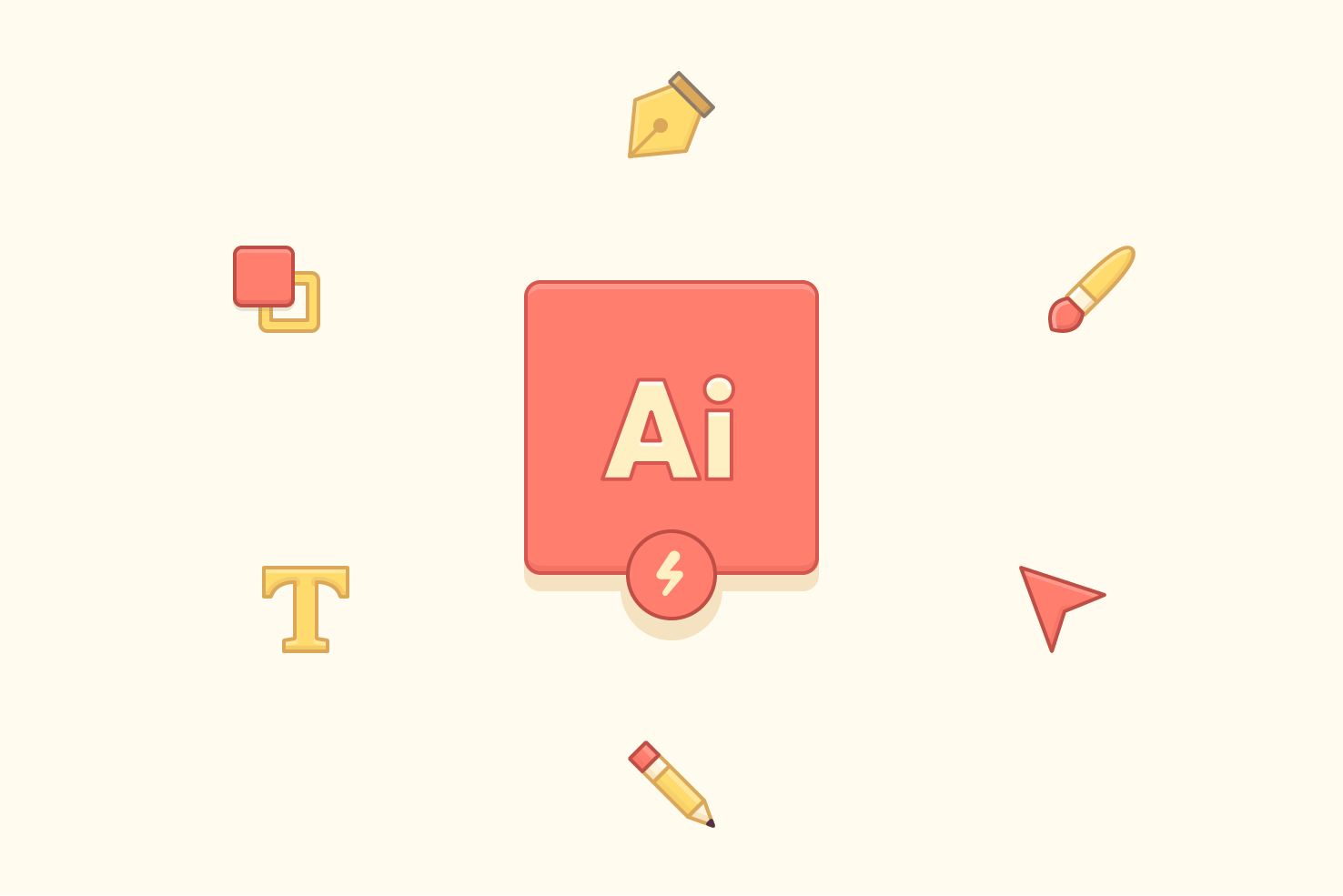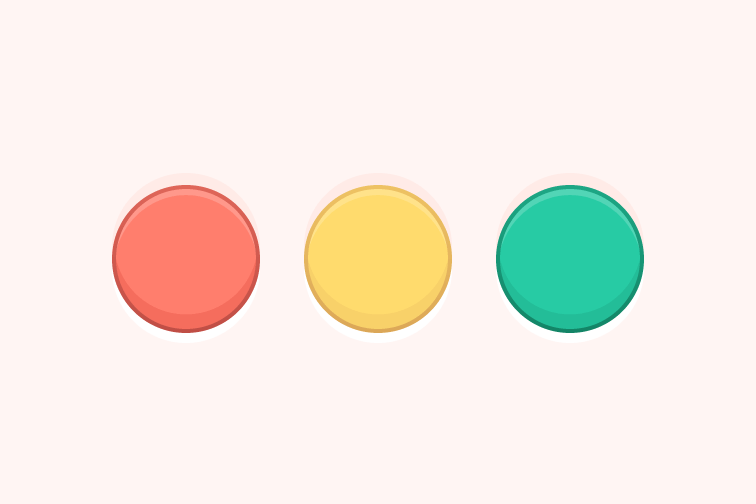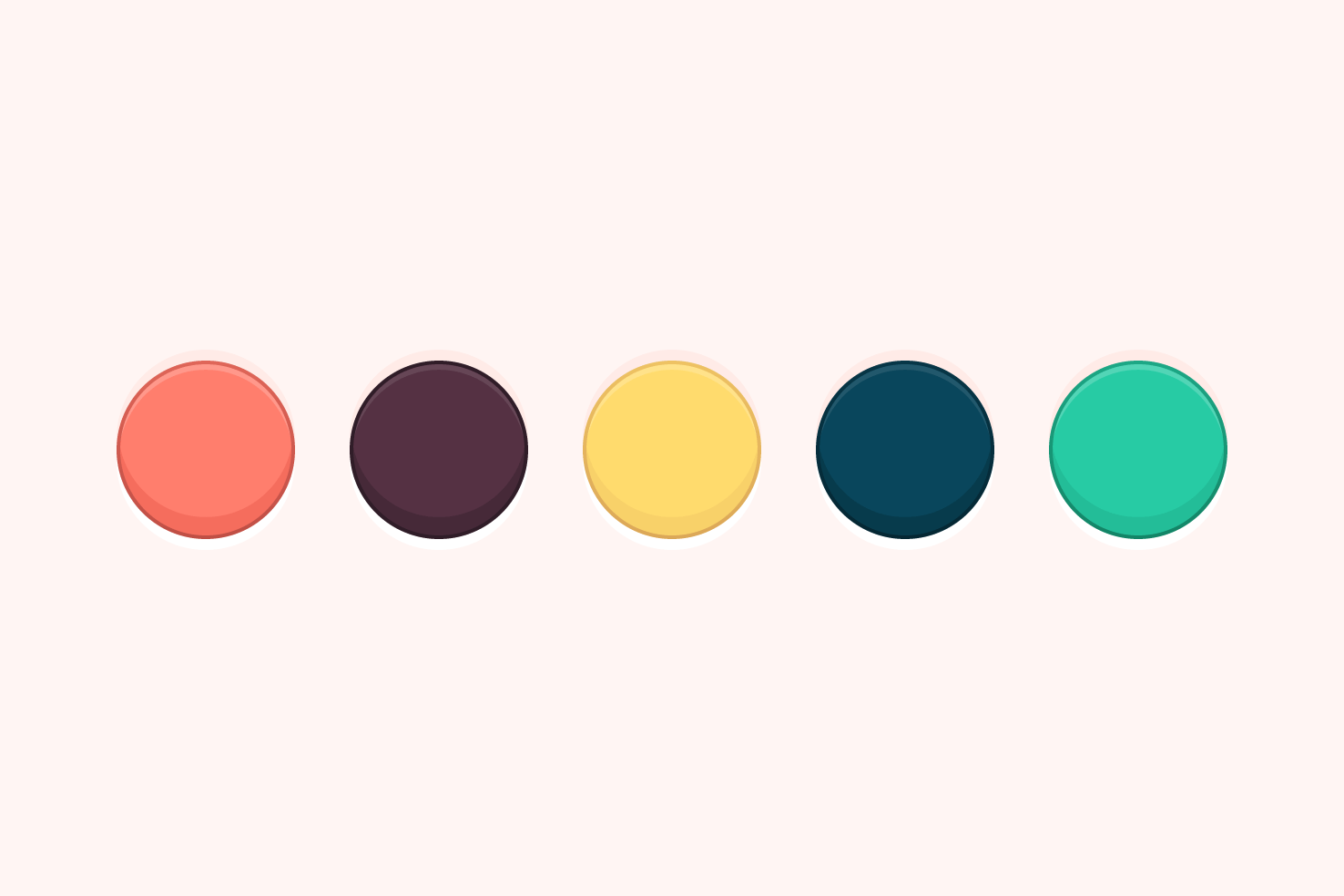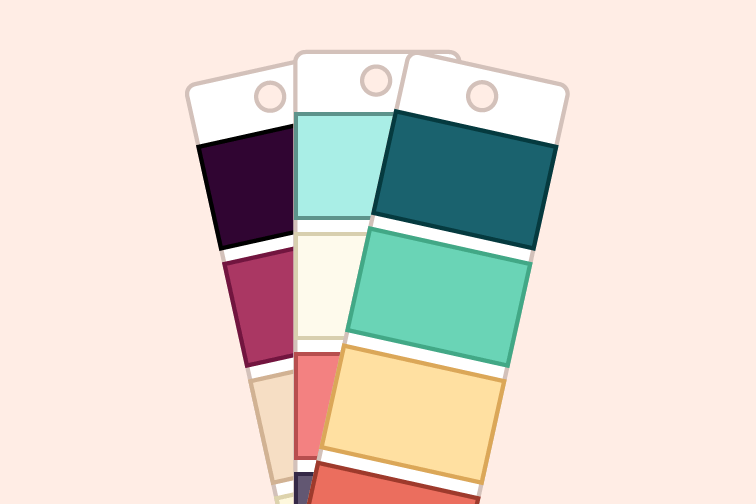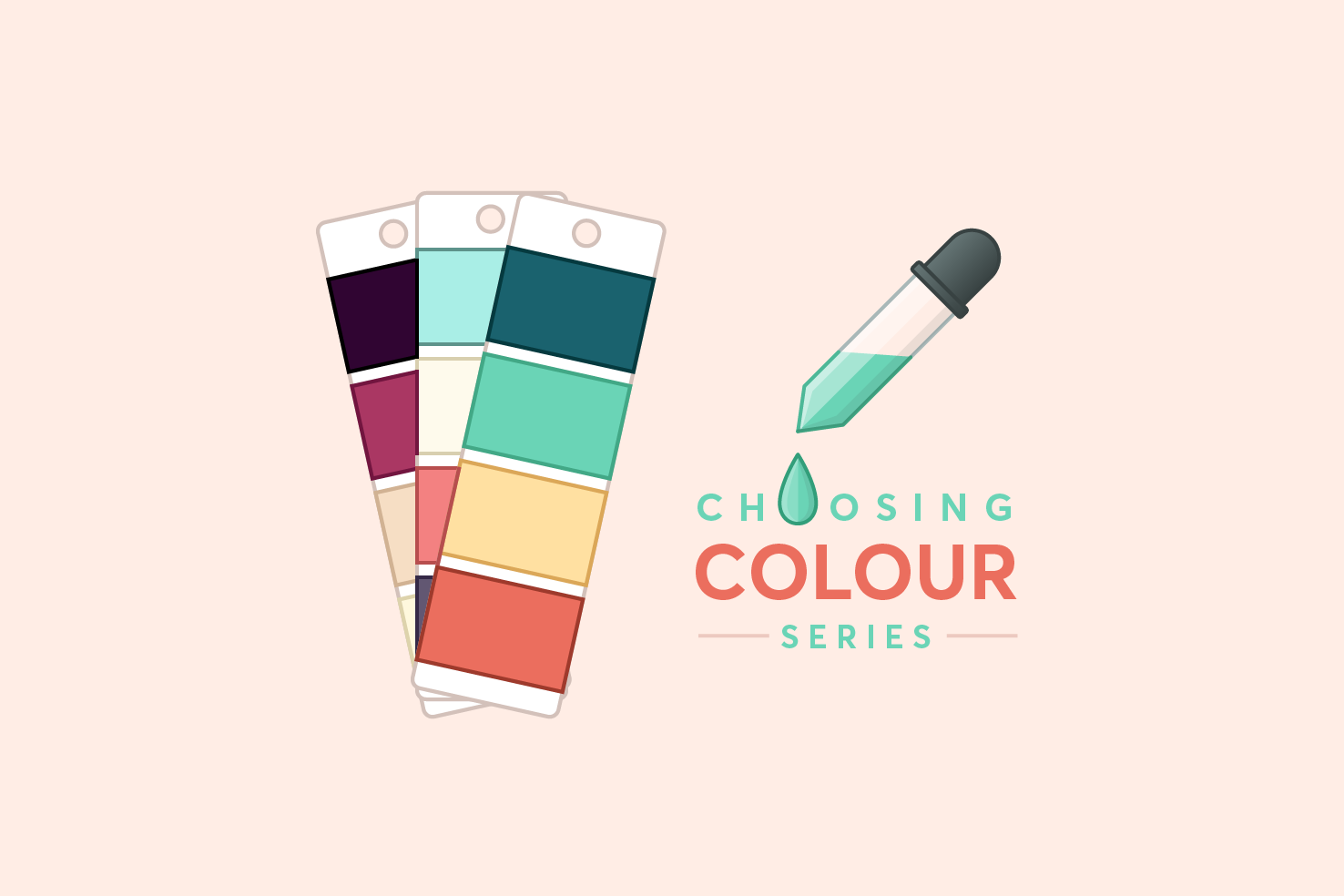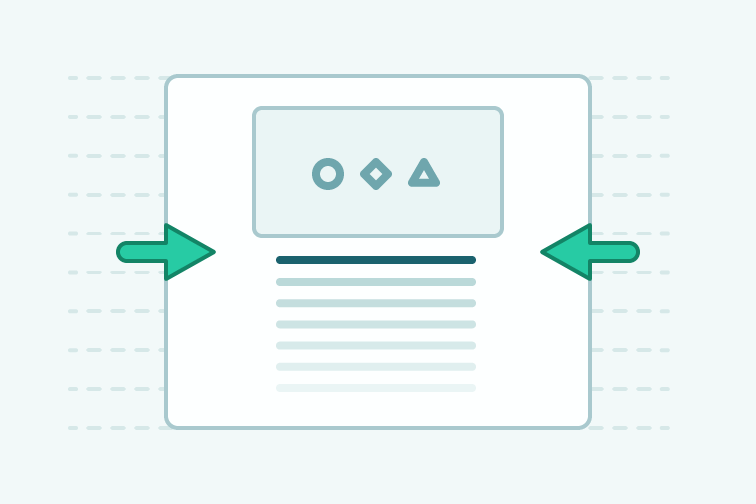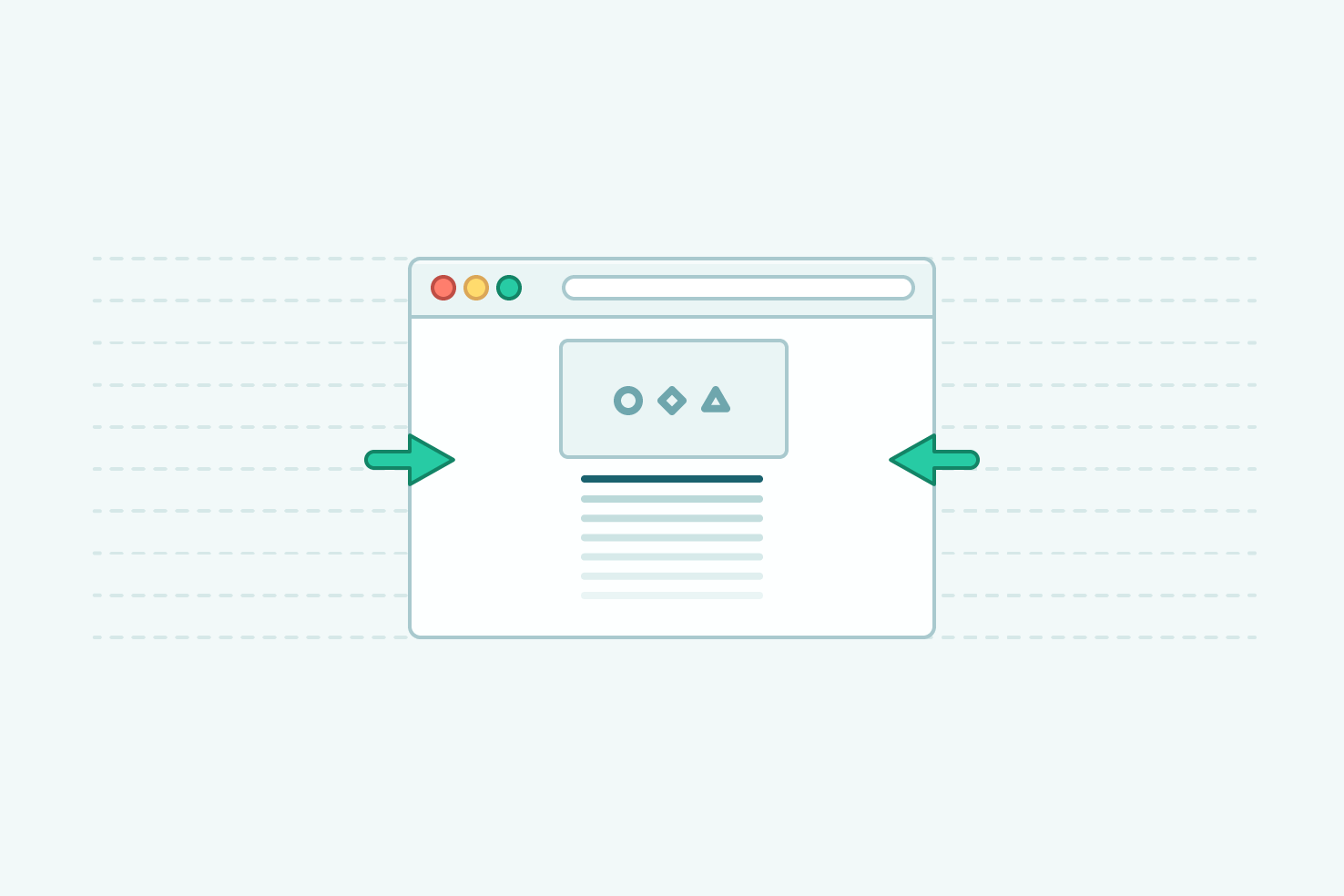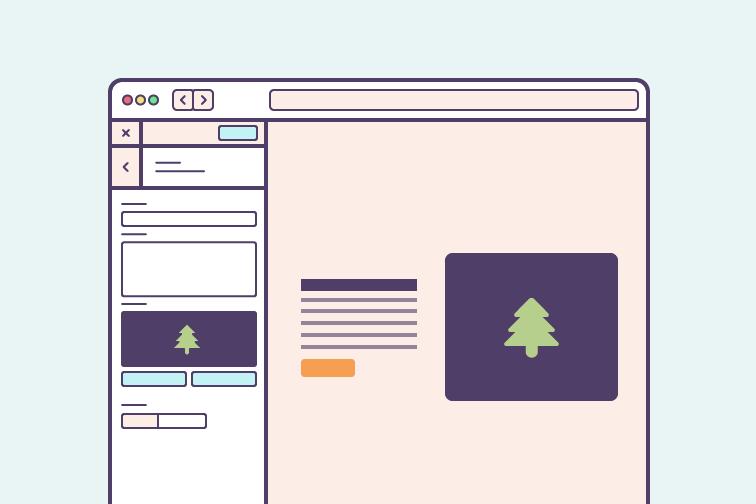
Hero area series: plan & design
This is the start of a series where I’m going to take a common design pattern and go through the process of planning, designing and code. It will follow the process I go through to make websites, but taking a smaller component. The pattern you will focus on within this series is a hero area.
